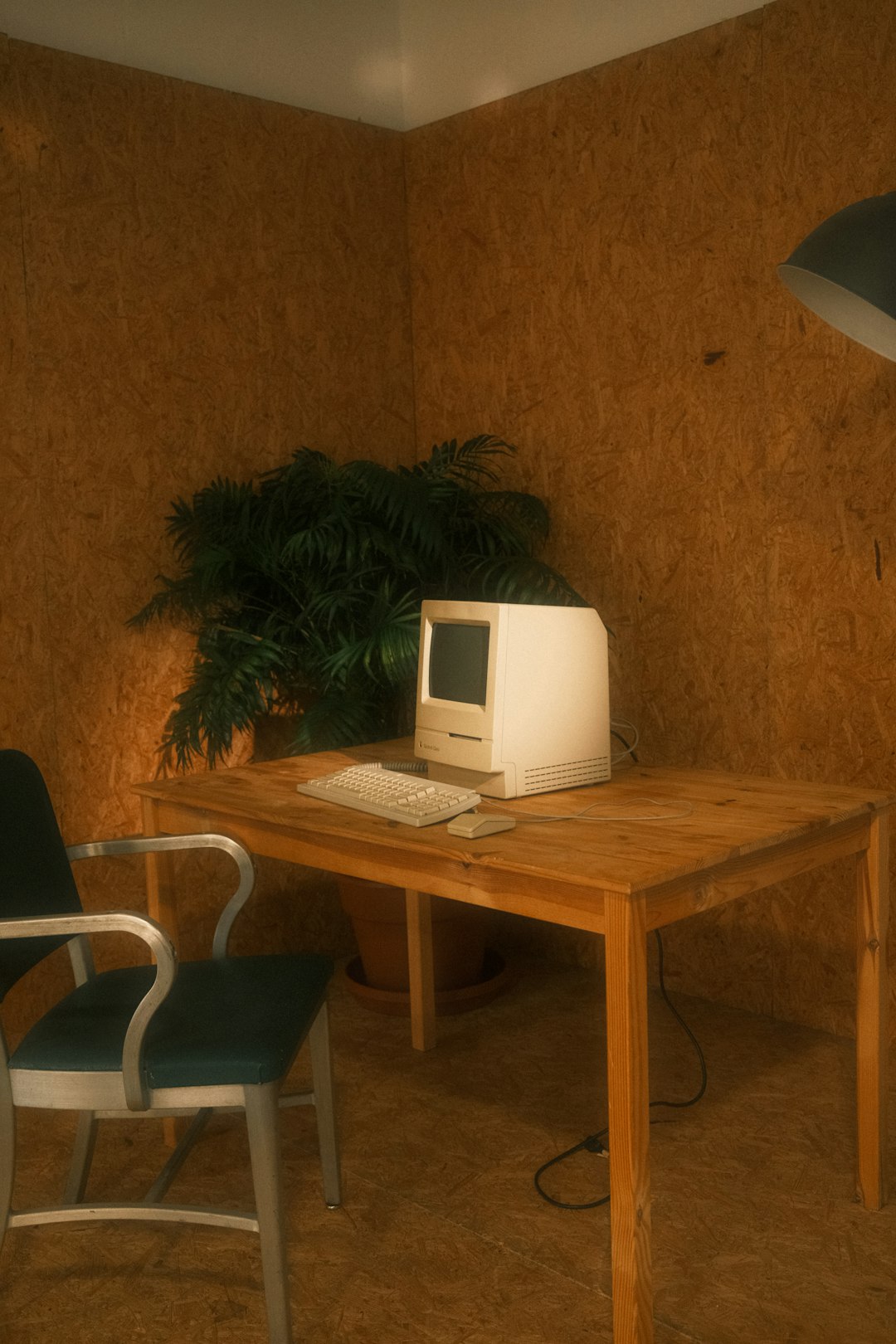Table of Contents
Back in the early days of personal computing, there was one program that ruled the world of word processing — WordStar. If you haven’t heard of it, don’t worry! It’s a relic from the past, but people still come across WordStar files today. Whether you found an old floppy disk or stumbled upon a mysterious “.ws” file, we’ve got you covered!
TL;DR (Too Long; Didn’t Read)
WordStar was a popular word processing software from the 1980s. Files created with it might have .ws, .wsd, or .doc extensions — but they’re not the same kind of DOCs you open with Word today. You can still open them using special tools or by converting them to modern formats. It’s like digging up digital treasure!
What Is WordStar?
WordStar was one of the first word processors for personal computers. It came out in the late 1970s and really took off in the 80s. It was especially popular among writers and publishers.
People loved WordStar because it let them type and edit documents easily — way easier than a typewriter. You could even copy and paste! Mind-blowing for the time, right?

Back in those days, WordStar ran on MS-DOS and even CP/M systems. If those sound like ancient runes to you, you’re not alone! But they were once cutting-edge technology.
What Does a WordStar File Look Like?
WordStar files usually have one of the following extensions:
- .ws – the most common
- .wsd – used in later versions
- .doc – no, it’s not the same as Microsoft Word!
The contents of a WordStar file are basically plain text with formatting codes sprinkled in. These codes tell the software things like where to bold text or set page margins. But if you open it in something like Notepad, those codes just look like gibberish.
Why Would You Need to Open a WordStar File?
You might ask, “Why would anyone today want to open a 40-year-old file?” Good question! But there are a few reasons:
- Nostalgia – Maybe you’re revisiting your old short stories or family tree from the 80s.
- Research – Old academic or technical documents could still be useful.
- Data Recovery – Sometimes, businesses or authors need to access legacy files.
So yes, there are still moments when you’ll want a way into these ancient digital scrolls!
How to Open a WordStar File
Now the fun part — how do you actually open one? There are a few methods. Let’s keep it easy and fun.
1. Try a Text Editor
You can start by opening the file in a simple text editor like:
- Notepad (Windows)
- TextEdit (Mac, in plain text mode)
- nano or vim (Linux users, you got this)
This will let you see the raw text. But here’s the catch — you’ll also see a bunch of weird characters and formatting symbols. If the file was mostly text, though, it might be readable enough.
2. Use Conversion Software
There are tools made specifically to convert old WordStar files:
- Ancient Text Converter – A web tool for quick transformations
- WordStar-to-Word Converters – Search online for downloadable tools
- Calibre – Mostly for eBooks, but it has plugins for old formats
These tools can turn those weird formatting codes into proper paragraphs and bold text in a modern document.
3. Use an Emulator
This one’s for the tech-savvy adventurer. If you want to experience WordStar “as it was,” you can:
- Download a DOS emulator like DOSBox
- Find an old copy of WordStar software
- Run the software in the emulator and open your files
It’s like booting up a time machine! You can even hear the simulated typewriter clicks (well, in your head at least).

Fun Fact: WordStar Was Loved by Famous Authors
Guess what? WordStar wasn’t just for office memos. It was the favorite writing tool of George R. R. Martin, the dude behind Game of Thrones!
He still uses WordStar 4.0 on a DOS computer. He says he loves the control it gives him. Wild, right?
Tips to Make It Easier
If you need to work with WordStar files often, here are some handy tips:
- Batch Convert: Use a tool that can convert lots of files at once
- Keep a DOS Emulator Handy: You never know when retro computing will strike
- Use Cloud Services: Upload WordStar files to cloud converters if you’re not installing anything locally
Sometimes, the easiest fix is to reach out to forums. There are still retro tech lovers who’d be happy to help open an old file.
Can You Still Use WordStar Today?
Technically, yes. If you’re super curious, you can run WordStar in an emulator and start typing. But it’s not practical for daily use today. Modern word processors like MS Word or Google Docs are way easier and more powerful.
But hey, if you love the retro charm or need to peek inside a digital time capsule, why not?
Alternatives to Open WordStar Files
If all else fails, here are a few modern tools that might open or help convert WordStar files:
- LibreOffice – Has support for many old formats
- AbiWord – Lightweight and compatible with obscure file types
- Notepad++ – Better than regular text editors for seeing structured content
Remember, the more common the version of WordStar used to create the file, the higher your chances of opening it properly.
Final Thoughts
WordStar may be long gone from modern desktops, but its spirit lives on in the world of word processing. Opening a WordStar file today feels like digital archaeology — revealing secrets from a different time.
Whether it’s an old novel draft or a business letter from 1984, now you know how to bring it back to life. So grab your time traveler hat and dive into those ancient files!
